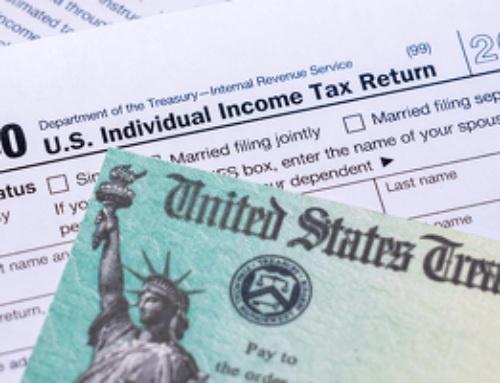If you’ve ever had to care for a sick, elderly or disabled person, you know it can be difficult financially as well as emotionally. A recent study found that many caregivers are forced to make financial sacrifices, including delaying retirement, in order to help their loved ones.
Luckily, there are three key federal income tax breaks available to help lighten the financial burden on caregivers. Here are some tips to help take advantage of them:
Tip #1: Use the “family” credit
This is a $500 tax credit that you can claim for each dependent other than children under age 17. This credit is generally for relatives and others who are members of your household and for whom you provide more than half of their support. The credit begins to phase out at $400,000 for married joint filers and $200,000 for individual filers.
Tip #2: Use the medical expense deduction
Caregiving often comes with medical expenses. The good news is that you can claim a deduction for the medical expenses you pay for your dependents.
The threshold for claiming the medical expense deduction is 7.5 percent for the 2022 and 2023 tax years, meaning that you can deduct any medical expenses higher than 7.5 percent of your adjusted gross income.
Bonus tip: You can still claim the deduction for medical expenses for a relative even if that person wouldn’t otherwise be classified as a dependent (such as when they don’t live in your household), as long as you provide more than 50 percent of their support. In the case where multiple people together provide more than 50 percent of the support for a relative, you can collectively decide who gets to take the deduction as part of a multiple support agreement. This is useful when, for example, siblings share the cost of caring for elderly parents.
Tip #3: Use the Child and Dependent Care Credit
If you are working while acting as a caregiver for a dependent, you may be able to use the Child and Dependent Care Credit to offset part of the cost of their care. The dependent must be physically or mentally incapable of caring for themselves and live in the same home as you for more than half the year. Depending on your income, the credit can be applied against 20% to 35% of qualified expenses, up to a total maximum credit of between $600 and $1,050 for one dependent.
Bonus tip: Both you and your spouse must be working during the year to claim this credit. If your employer provided any dependent support as part of a benefits package, the amount of the credit is reduced by that amount.
If you have any questions about the tax benefits available to you, don’t hesitate to get in touch.






